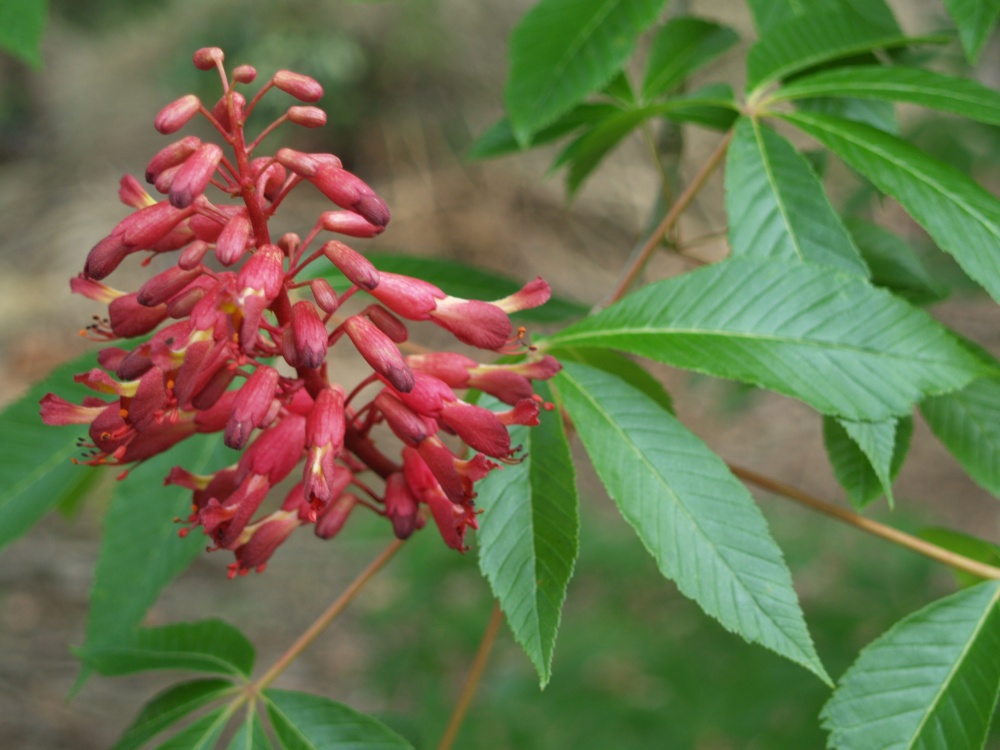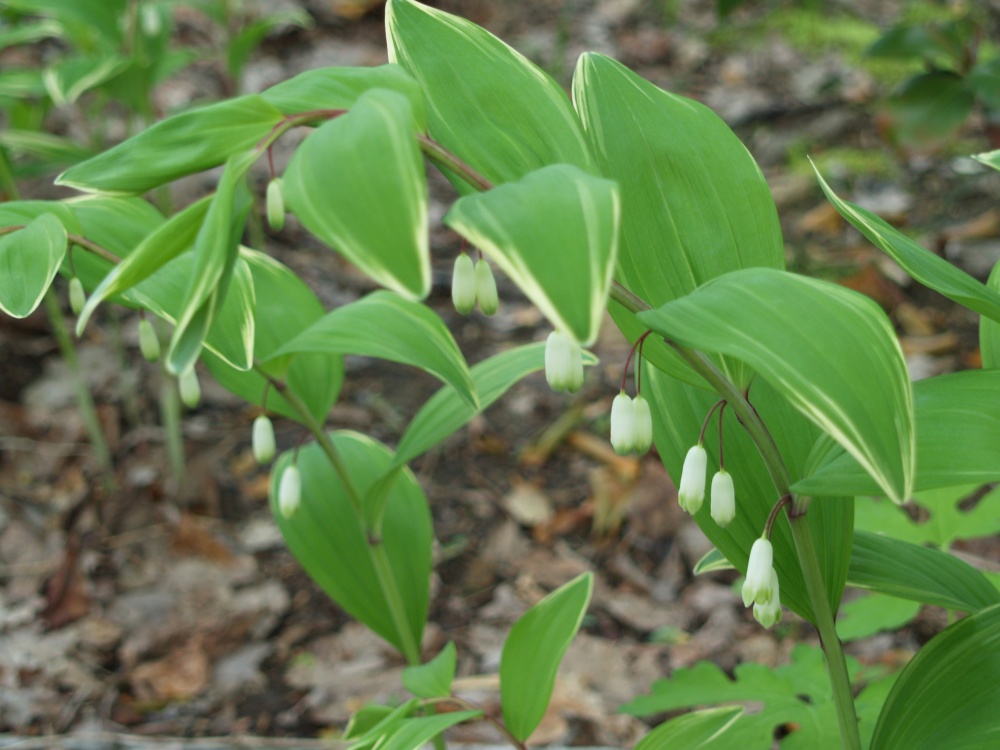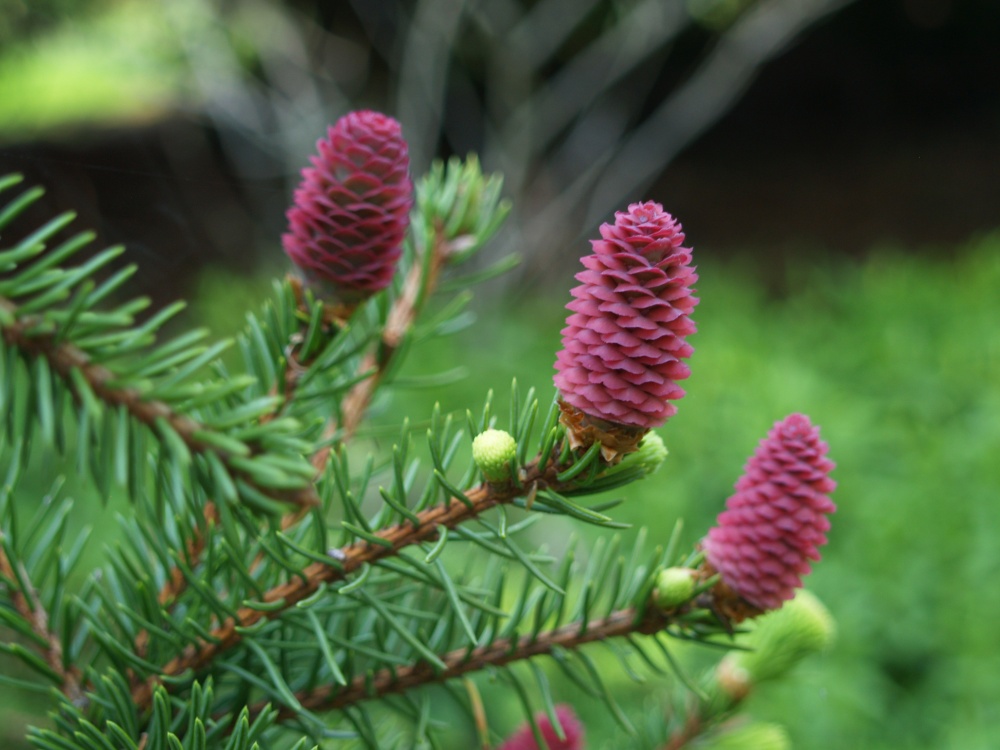Several warm days have dried the garden considerably, and now I can walk nearly to the back of the garden without muck boots. Crapemyrtles are just beginning to leaf, but I am concerned with the Franklinia and hornbeam that show scant evidence of foliage. Both trees have been weakened in recent years, and it will be a shame if they have finally failed, though their demise has seemed inevitable for a few years.
Two neighboring hornbeams (Carpinus betulus ‘Fastigiata’) inexplicably died several years ago, and now the third is on it way out. Removal of the two large trees prompted a much larger project to also remove a grove of bamboo that grew beneath them. I undertook this project reluctantly because I was certain the bamboo’s removal would be an ongoing chore. After three years some shoots still pop up, but fewer each year (I hope). Once the bamboo was removed I knew I should wait a year or two to replant, but I lack patience, so the space was replanted immediately. There have been minor issues, but I’m happy with the outcome. If the last of the hornbeams must be removed it will be much trickier to work around.

The death of the Franklinia (Franklinia alatamaha, above) is most troubling, though with the lower garden becoming progressively damper in recent years I have seen obvious signs of its decline. Each year there have been a few more dead branches, and leaves have become smaller. A year ago the foliage canopy was twenty percent of the tree at its peak, and now only a few leaves are emerging. It is doubtful that I will ever find another Franklinia of sufficient size to replace it, though it would be planted in a drier spot.
The few gaps are discouraging, and with hydrangeas and paperbushes slowly recovering from winter the garden is a bit more sparse than usual. But, if the gardener cries over every drop of spilt milk, he will be perpetually miserable. I will not complain too loudly about these troubles since there is plenty to be thankful for.




Question: When squeezing plants into limited space, does it bother the neighboring plants/trees when you sever their roots?
My garden is 20+ years behind yours, and when i try to expand the mulched area around my newly planted trees i always wonder if i am doing more harm than good as i sever their expanding roots. My tree rings and raised gardening beds could use slight expanding every year or so, but when I’ve attempted this it seems i am harming the very plants/trees i am trying to grow!!! Any advice would be appreciated.
Tom
Cutting roots occasionally can be beneficial to a tree, encouraging a more compact root system. And, cutting a few small roots to plant something rarely has any impact. However, I expect that there’s a point where this is harmful, and I would not purposely cut roots regularly.